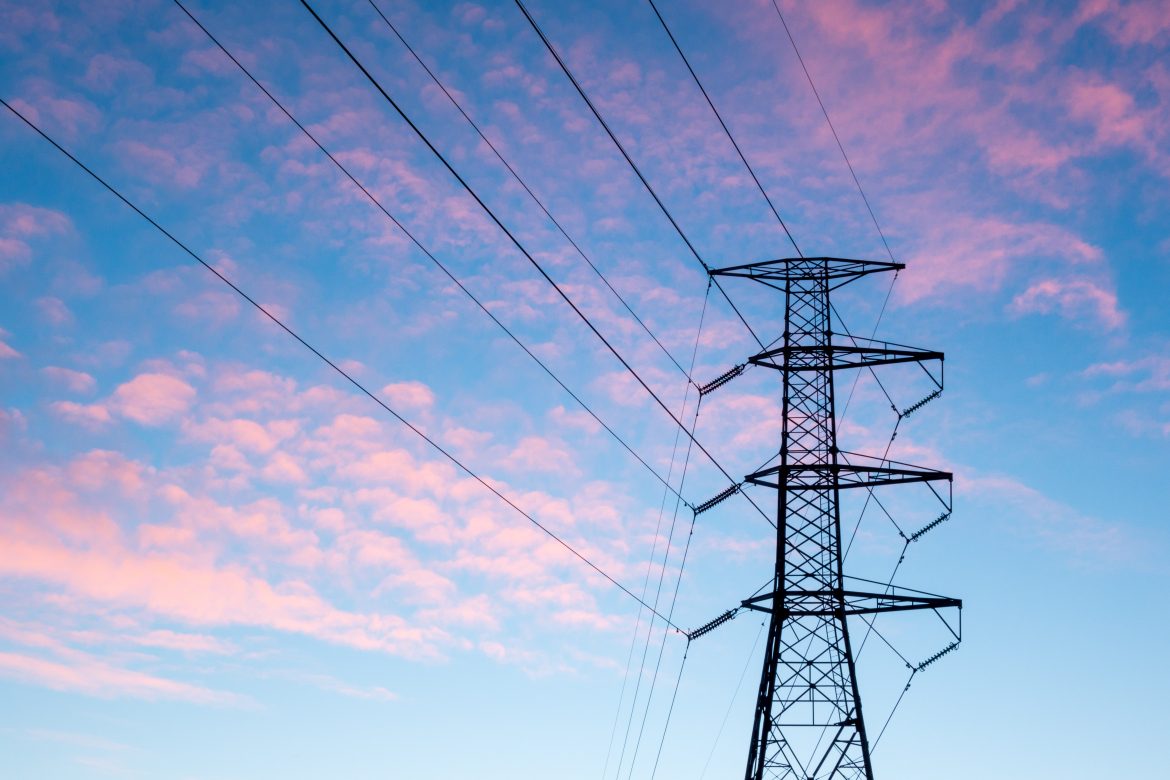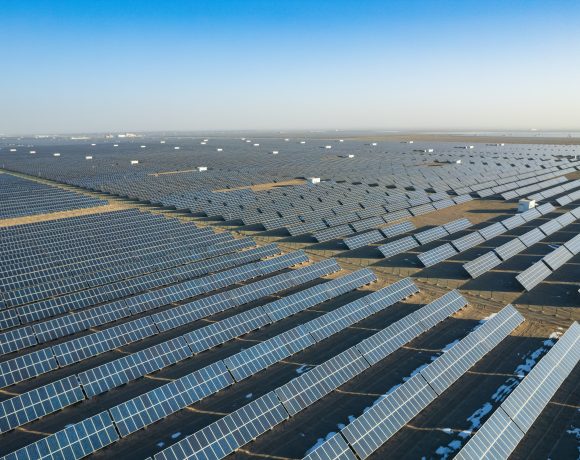- Indian energy and electricity sector have been adversely affected by the pandemic and the subsequent economic crisis, with a 25% fall in power supply between March & April 2020.
- One of the largest power producing companies, ReNew Power, wins a 400 MW tender issued by the Solar Energy Corporation of India (SECI) for Round-the-clock Renewable Energy, a development that could solve the problem of intermittency of renewables.
- On 18th June 2020, the Prime Minister of India launched the auction process of coal blocks for commercial mining, a move that has been challenged in India’s apex court of law for its ability to endanger the banking sector. The decision of the apex court will be crucial for India’s clean energy and environmental future.
Like most other sectors of the Indian economy, the energy (and electricity) sector too was dealt a heavy blow by the pandemic and the subsequent economic crisis. Between March and April 2020, there was a 25% (year on year) fall in power supply. While this gap has narrowed since then, we are still some distance away from the power supply figures during a similar period in 2019. Additionally, billing and collection by distribution companies have been affected, leading to financial stress across the sector, ultimately resulting in a INR 90,000 crore liquidity relief package. The effect of the pandemic has also been felt in the Oil & Gas sector, with demand for domestic Liquified Petroleum Gas (LPG) increasing, and demand for transport and industrial fuels dropping.
But with economies slowly trying to pick up pace, it is expected that demand for energy would pick up too. This is also the time to ‘Build Back Better’, by leveraging the power of low carbon investments, building resilience, and encouraging long term change in behaviour.
In this context, here are 3 developments in the Indian energy sector which could have significant repercussions going forward:
Round the Clock (RTC) Renewable Energy (RE)
In May 2020, Renew Power won a 400 MW tender issued by the Solar Energy Corporation of India (SECI) for RTC RE with a quoted tariff of INR 2.90/kWh. The solar power would need to be bundled with other sources such as wind, hydro or have an energy storage system. This is a ground-breaking event in the Indian energy sector and aims to solve the problem of intermittency of renewables. Progress on this project will be a marker for similar projects in the future. With Battery Energy Storage System (BESS) costs projected to fall further, such projects could become more common.
Electricity Act (Amendment) Bill, 2020
The Ministry of Power (MOP), Government of India (GOI) has issued the draft amendments to the Electricity Act, 2003 and has invited comments from the public. There are a few interesting proposed amendments – the possibility of notification of a National Renewable Energy Policy, emphasis on distribution franchisees and sub-distribution licensees, creation and monitoring of a Payment Security Mechanism (PSM) for sale of power, and guidelines for a cost reflective tariff and payment of subsidy through Direct Benefit Transfer (DBT). At the same time, there are provisions that seem to infringe upon the concurrent nature of the electricity sector; namely, the staffing of state regulatory commissions through a central committee and the creation of an Electricity Contract Enforcement Authority (ECEA). Various states have also expressed their opposition to the provisions of the act. The next course of action remains to be seen.
Commercialisation of coal mining
On 18th June 2020, the Prime Minister of India launched the auction process of coal blocks for commercial mining. 41 coal blocks in Maharashtra, Jharkhand, Odisha, Chhattisgarh and Madhya Pradesh were auctioned through a heavily advertised process backed by the Central Government, with the ostensible aim of making India self-reliant in energy. The timing and need of this move is highly questionable, especially in a scenario where renewable energy is more competitive than new thermal plants. The Plant Load Factor (PLF) for thermal power plants is close to 42% and with upwards of $100 billion worth Non-Performing Assets (NPAs), India’s fossil fuel power generation sector could endanger the banking infrastructure. The state of Jharkhand has challenged this auction in the Supreme Court. The decision of the apex court and the subsequent path the nation follows will be crucial for India’s clean energy and environmental future.
While the challenge of COVID-19 and the economic consequences will hopefully be overcome in the short to medium term, we should also be cognisant of the bigger challenge that looms in the background – climate change. It is therefore imperative to ensure that we do not take our eyes off it and ensure that we Build Back Better. Urgently.






NO COMMENT